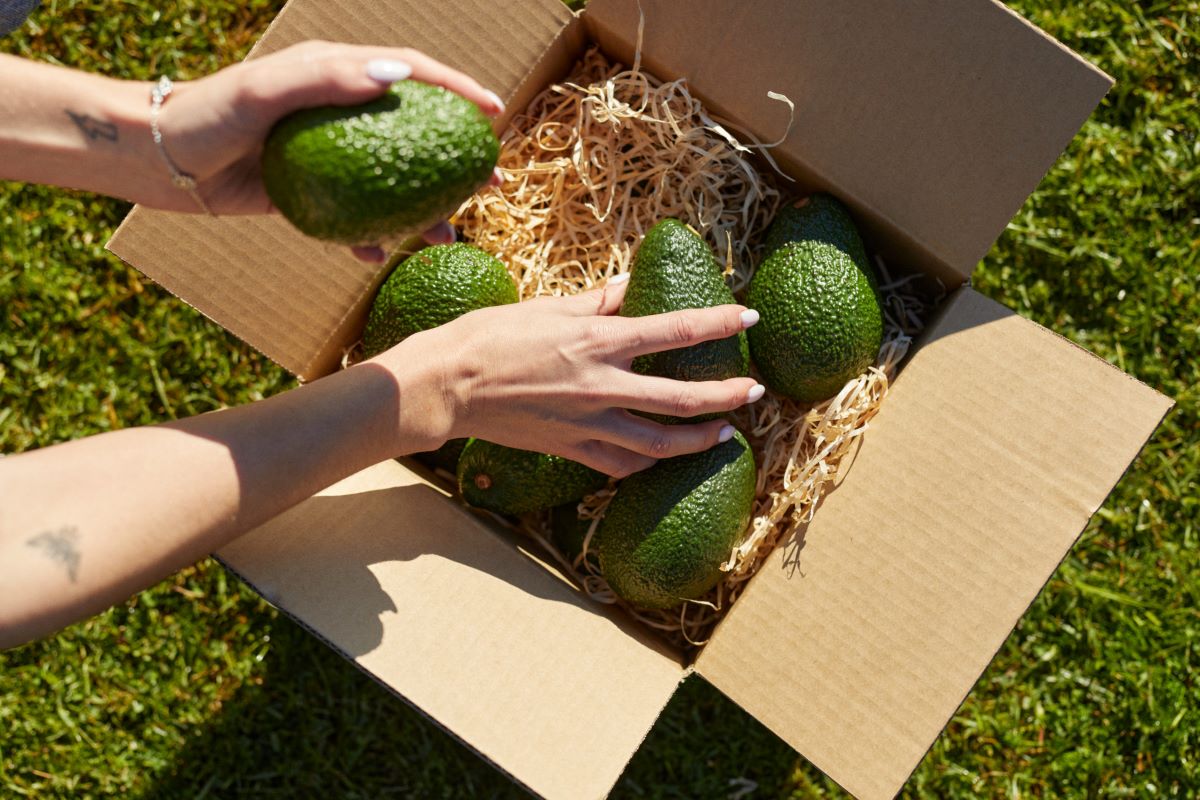

Articles
How To Store Avocados For A Long Time
Modified: March 25, 2024
Learn the best techniques to store avocados for an extended period with our informative articles. Keep your avocados fresh and delicious for longer.
(Many of the links in this article redirect to a specific reviewed product. Your purchase of these products through affiliate links helps to generate commission for Storables.com, at no extra cost. Learn more)
Introduction
Welcome to our guide on how to store avocados for a long time. Avocados are a delicious and versatile fruit that can be enjoyed in a variety of dishes. However, their short shelf life often poses a challenge for avocado lovers who want to stock up on this nutritious ingredient.
In this article, we will explore the factors that affect avocado storage and provide you with tips and techniques for maximizing the shelf life of your avocados. Whether you have a surplus of avocados or simply want to buy in bulk, our guide will help you enjoy fresh and perfectly ripened avocados for an extended period.
With the right knowledge and proper storage methods, you can prevent avocados from spoiling prematurely, saving you money and reducing food waste. So, let’s dive in and discover the secrets to keeping avocados fresh and delicious!
Key Takeaways:
- Extend the life of your avocados by choosing the right ones, preparing them properly, and utilizing different storage methods such as room temperature, refrigeration, and freezing. Revive frozen avocados for a creamy texture and enjoy them in various dishes.
- Maximize avocado storage with tips like buying at different ripeness stages, using avocado savers, and repurposing revived frozen avocados in cooked dishes. Reduce waste, savor the buttery goodness, and enjoy avocados at any time.
Read more: How To Store Water For A Long Time
Factors Affecting Avocado Storage
Avocado storage is influenced by several factors that can either extend or decrease the fruit’s shelf life. Understanding these factors will help you make the right decisions when it comes to buying, handling, and storing avocados.
Ripeness: The ripeness of an avocado greatly impacts its storage potential. Fully ripened avocados have a shorter shelf life compared to unripe ones. It’s important to consider how soon you plan to use the avocados before purchasing them.
Temperature: Avocados are sensitive to temperature fluctuations. Warm temperatures speed up ripening and can cause avocados to spoil faster, while cooler temperatures slow down the ripening process.
Humidity: Avocados prefer a moderate level of humidity. Excessive dryness can cause them to shrivel, while high humidity can encourage spoilage and the growth of mold.
Handling: Proper handling of avocados can also affect their storage potential. Rough handling, excessive pressure, or dropping avocados can result in bruising and accelerated ripening.
Exposure to Ethylene: Avocados are sensitive to ethylene gas, a natural compound produced by many fruits and vegetables during the ripening process. Exposure to ethylene can accelerate avocado ripening and spoilage.
Now that we have a better understanding of the factors that affect avocado storage, let’s move on to the next section to learn how to choose the right avocados for extended storage.
Choosing the Right Avocados
When it comes to storing avocados for a long time, choosing the right ones is crucial. Here are some tips to help you select avocados that have a higher chance of staying fresh for an extended period:
1. Look for firmness: Choose avocados that are slightly firm to the touch. Avoid those that are too soft or have any mushy spots, as they may be overripe and won’t last long in storage.
2. Check the color: The color of an avocado varies depending on the variety, but generally, you want to look for avocados with a vibrant green color. Avoid avocados with dull or dark patches, as they may indicate rotting or bruising.
3. Consider the stem: Gently remove the small stem at the top of the avocado. If it comes off easily and reveals green flesh underneath, it’s a good indicator that the avocado is ripe and ready to eat. If it’s brown underneath, the avocado may be overripe.
4. Assess the size: While size doesn’t necessarily affect the quality of the avocado, larger avocados tend to have a longer shelf life compared to smaller ones.
5. Take note of the skin texture: Avocados with smoother skin are less likely to have blemishes or bruising that can lead to spoilage. However, keep in mind that some varieties naturally have more textured skin.
By following these guidelines, you can ensure that you choose avocados that are in optimal condition for storage. In the next section, we will dive into the preparations needed before storing avocados.
Preparing Avocados for Storage
Before you store avocados, it’s important to properly prepare them to maintain their freshness and quality. Follow these steps to prepare avocados for storage:
- Wash and dry: Start by washing the avocados under cool running water to remove any dirt or debris on the surface. After washing, pat them dry with a clean towel.
- Inspect for damage: Carefully examine each avocado for any signs of damage, such as cuts, bruising, or soft spots. Remove any damaged avocados from the batch, as they’re likely to spoil quickly.
- Separate the stems: If the avocados still have stems attached, gently remove them. Leaving the stems can cause moisture buildup and spoilage.
- Consider preserving with lemon juice: To prevent browning, you can optionally brush or spray the cut surfaces of avocados with lemon juice. The citric acid in lemon helps slow down the oxidation process and keeps the avocados looking fresh. However, this step is not necessary if you plan on storing the avocados whole.
- Leave the skin intact: It’s best to store avocados with their skin intact. The skin provides a protective barrier against moisture loss and helps maintain the avocado’s texture and flavor.
- Prep for freezing (optional): If you’re planning to freeze avocados, you can cut them in half and remove the pit. Scoop out the flesh and place it in a freezer-safe container or wrap it tightly in plastic wrap.
By taking the time to properly prepare your avocados for storage, you can extend their shelf life and ensure they stay fresh and delicious. In the next sections, we will cover different methods of storing avocados at room temperature, in the refrigerator, and even in the freezer.
Storing Avocados at Room Temperature
If your avocados are unripe and you want to speed up the ripening process, storing them at room temperature is the way to go. Here’s how to store avocados at room temperature:
- Keep them in a cool spot: Find a cool area in your kitchen away from direct sunlight or heat sources. Avocados ripen faster in warm temperatures, so it’s important to keep them in a cooler area to slow down the process.
- Place them in a paper bag: To speed up the ripening process, you can place unripe avocados in a paper bag. The paper bag traps ethylene gas, which is naturally emitted by avocados and aids in the ripening process. Adding a ripe banana or apple to the bag can further enhance the process, as these fruits emit more ethylene gas.
- Check for ripeness regularly: Check the avocados daily to track their ripening progress. Gently squeeze them to assess their firmness. Once they yield to gentle pressure and feel slightly soft, they are ripe and ready to be eaten or stored in the refrigerator.
- Transfer to the refrigerator: To slow down the ripening process and prolong the freshness of ripe avocados, transfer them to the refrigerator. If you’re not ready to eat them just yet, keeping them in the fridge will help maintain their quality for a few more days.
Storing avocados at room temperature is ideal for ripening unripe fruits and getting them ready for consumption. However, once they are ripe, it’s best to transfer them to the refrigerator to extend their shelf life. In the next section, we will discuss how to store avocados in the refrigerator.
Store avocados in the refrigerator to slow down the ripening process and extend their shelf life. Place them in the crisper drawer to keep them fresh for up to a week.
Read more: How To Store Ammo For Long Time
Storing Avocados in the Refrigerator
If you have ripe avocados that you want to keep fresh for a longer period, storing them in the refrigerator is the most effective method. Here’s how to store avocados in the refrigerator:
- Keep them whole: It’s best to store avocados in the refrigerator while they are still whole and uncut. The skin acts as a protective barrier against moisture loss and helps preserve their freshness.
- Place them in the crisper drawer: Store the avocados in the crisper drawer of your refrigerator, as it provides a slightly higher humidity level compared to other parts of the fridge. This helps prevent the avocados from drying out.
- Separate ripened avocados: If you have ripe avocados that you want to keep for a few extra days, store them separately from unripe ones to prevent them from over-ripening. You can use a plastic bag or wrap each avocado individually in plastic wrap to keep them separated.
- Monitor and consume: Regularly check your stored avocados for any signs of over-ripening or spoilage. Ripe avocados can generally be stored in the refrigerator for up to 5-7 days. Once you notice any changes in their texture, smell, or appearance, it’s best to consume them as soon as possible.
Storing avocados in the refrigerator helps slow down the ripening process and extends their shelf life. However, keep in mind that refrigeration can sometimes alter the texture slightly. If you prefer soft, creamy avocados, it’s best to consume them shortly after they ripen at room temperature.
In the next section, we will cover an alternative method of storing avocados – freezing. Freezing avocados is a great option if you want to store them for an even longer period.
Freezing Avocados
Freezing avocados is a convenient way to extend their storage time for several months. Here’s how to freeze avocados:
- Prepare the avocados: Start by cutting the avocados in half and removing the pit. Gently scoop out the flesh using a spoon and place it in a bowl.
- Add lemon juice: To prevent browning, drizzle lemon juice over the scooped avocado flesh. The citric acid in the lemon juice helps preserve the avocado’s color and texture.
- Mash or puree: Depending on your preference, you can either mash the avocados with a fork or puree them using a blender or food processor. Mashing gives a chunkier texture, while pureeing results in a smoother consistency.
- Portion into containers: Divide the mashed or pureed avocado into airtight containers or freezer bags. Leave some headspace to allow for expansion during freezing.
- Label and date: Label the containers or bags with the date of freezing to keep track of their storage time.
- Freeze: Place the containers or bags in the freezer and ensure they are laid flat for even freezing. Leave them undisturbed until frozen solid.
Frozen avocados can be stored in the freezer for up to 6 months. They are perfect for adding to smoothies, making guacamole, or as a topping for salads and sandwiches. However, keep in mind that the texture may change slightly after freezing, so they are best used in dishes where the texture alteration won’t be as noticeable.
When you’re ready to use the frozen avocados, simply thaw them in the refrigerator overnight or defrost them in the microwave on a low power setting. It’s important to note that once thawed, the avocados may not be suitable for eating raw due to their altered texture. Instead, they are best used in cooked or blended recipes.
Now that you know how to freeze avocados, let’s move on to the next section where we’ll discuss how to revive frozen avocados.
Reviving Frozen Avocados
Reviving frozen avocados is a simple process that allows you to bring back their creamy texture and fresh taste. Here’s how to revive frozen avocados:
- Thaw in the refrigerator: Transfer the frozen avocado containers or bags from the freezer to the refrigerator. Allow them to thaw overnight or for several hours until completely defrosted.
- Drain excess liquid: After thawing, you may notice some liquid released from the avocados. Drain any excess liquid before using the avocados to retain their original texture.
- Mash or blend: Depending on your desired consistency, mash the thawed avocados with a fork for a chunkier texture, or use a blender or food processor for a smoother consistency.
- Adjust seasoning: Taste the revived avocados and adjust the seasoning if needed. You can add salt, pepper, or any other desired spices to enhance the flavor.
- Use in your favorite recipes: The revived avocados can be used in various recipes just like fresh avocados. They are great for making guacamole, spreads, dressings, or as a topping for tacos, salads, or sandwiches. However, it’s important to note that the texture may not be exactly the same as fresh avocados, so they may be better suited for recipes where texture is less critical.
Revived avocados should be used immediately or stored in the refrigerator for up to 2 days. It’s not recommended to refreeze previously frozen avocados, as the quality and texture may further deteriorate.
Now that you know how to revive frozen avocados, you have a convenient option for enjoying avocados even during their off-season. In the next section, we’ll provide some additional tips to help you successfully store avocados for an extended period.
Tips for Storing Avocados Successfully
To ensure that your avocados stay fresh and tasty for as long as possible, here are some additional tips to keep in mind:
- Buy avocados at different stages of ripeness: If you plan to consume avocados over several days, consider purchasing a mix of ripe and unripe avocados. This way, you’ll have avocados at different ripeness levels throughout the week.
- Store cut avocados properly: If you have a partially eaten or cut avocado, store it with the pit still intact. You can brush the exposed flesh with lemon juice and tightly wrap it in plastic wrap to slow down oxidation and prevent browning.
- Consider using avocado saver: Avocado savers are specialized tools or containers designed to help preserve the freshness of cut avocados. These devices help limit exposure to air and prevent browning. They can be a great investment if you frequently find yourself with leftover avocados.
- Avoid storing near ethylene-producing fruits: Ethylene gas can accelerate avocado ripening and spoilage. Keep avocados away from ethylene-producing fruits like bananas, apples, and tomatoes to prevent premature ripening.
- Utilize the “mash and freeze” method: Instead of freezing whole avocados, you can mash them and freeze the puree in ice cube trays. These avocado cubes are convenient for adding small portions to smoothies or other recipes without having to defrost an entire avocado at once.
- Use preserved avocados in cooked dishes: If the texture of revived frozen avocados is not ideal for raw consumption, consider using them in cooked dishes. Avocados can be added to soups, sauces, or even baked goods for an extra creamy and nutritious touch.
By following these tips, you can maximize the storage life of avocados and minimize waste. Remember to always trust your senses and check for any signs of spoilage before consuming avocados, especially if they have been stored for an extended period.
Now that you have a comprehensive understanding of how to store avocados for a long time, you can enjoy the richness and flavor of this versatile fruit whenever you please. With proper storage techniques, you can have perfectly ripe avocados ready for your favorite recipes at any time.
Read more: How To Store Eggs For A Long Time
Conclusion
In this comprehensive guide, we have explored the various methods and techniques for storing avocados for a long time. By understanding the factors that affect avocado storage, choosing the right avocados, and properly preparing them for storage, you can significantly extend their shelf life.
Whether you choose to store avocados at room temperature, in the refrigerator, or even freeze them, each method has its benefits and considerations. Storing avocados at room temperature is ideal for ripening unripe fruits quickly, while refrigeration helps maintain the freshness of ripe ones. Freezing avocados is a convenient option for long-term storage, especially if you want to enjoy avocados during their off-season.
Reviving frozen avocados allows you to bring back their creamy texture and fresh taste, making them suitable for a variety of dishes. However, it’s important to note that the texture may differ slightly from fresh avocados, so it’s best to utilize them in cooked or blended recipes.
To ensure successful avocado storage, we provided additional tips such as buying avocados at different stages of ripeness, properly storing cut avocados, and avoiding exposure to ethylene gas. Using avocado savers or the “mash and freeze” method can also enhance your avocado storage experience.
Remember to always trust your senses and check for any signs of spoilage before consuming avocados that have been stored for an extended period.
With the knowledge gained from this guide, you can confidently store avocados for a longer time, reduce food waste, and enjoy the deliciousness of avocados whenever you desire. So go ahead, stock up on avocados, and savor their buttery goodness in your favorite recipes!
Frequently Asked Questions about How To Store Avocados For A Long Time
Was this page helpful?
At Storables.com, we guarantee accurate and reliable information. Our content, validated by Expert Board Contributors, is crafted following stringent Editorial Policies. We're committed to providing you with well-researched, expert-backed insights for all your informational needs.
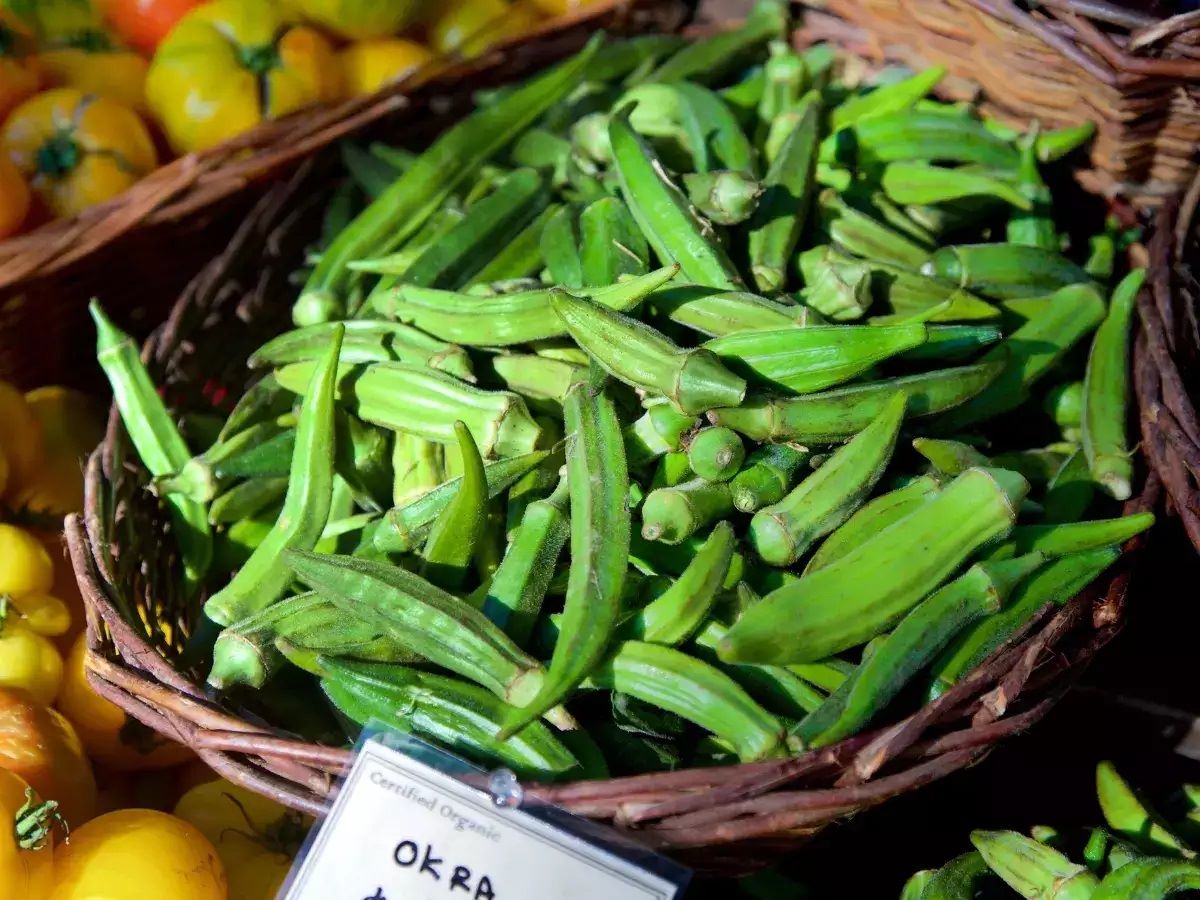
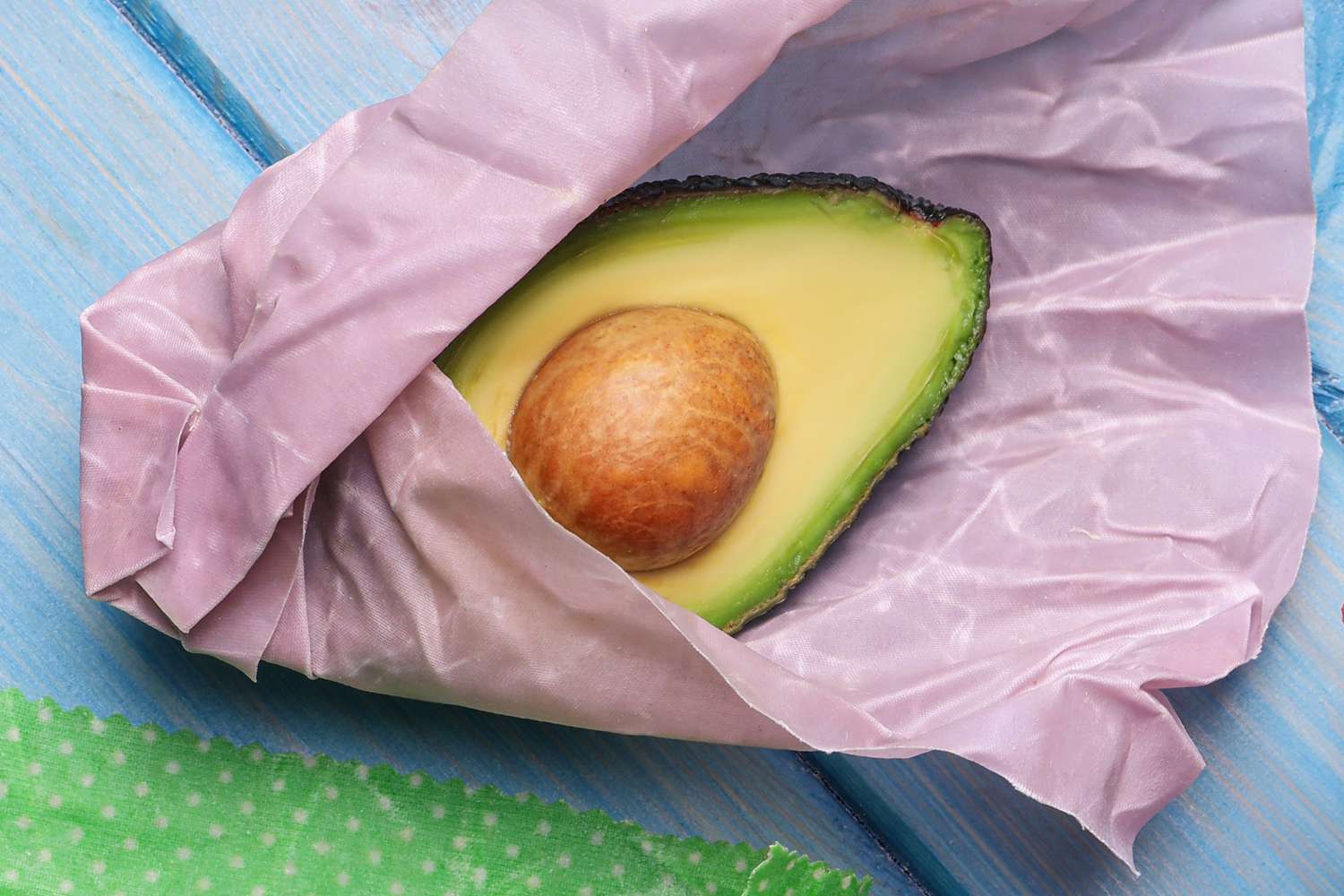
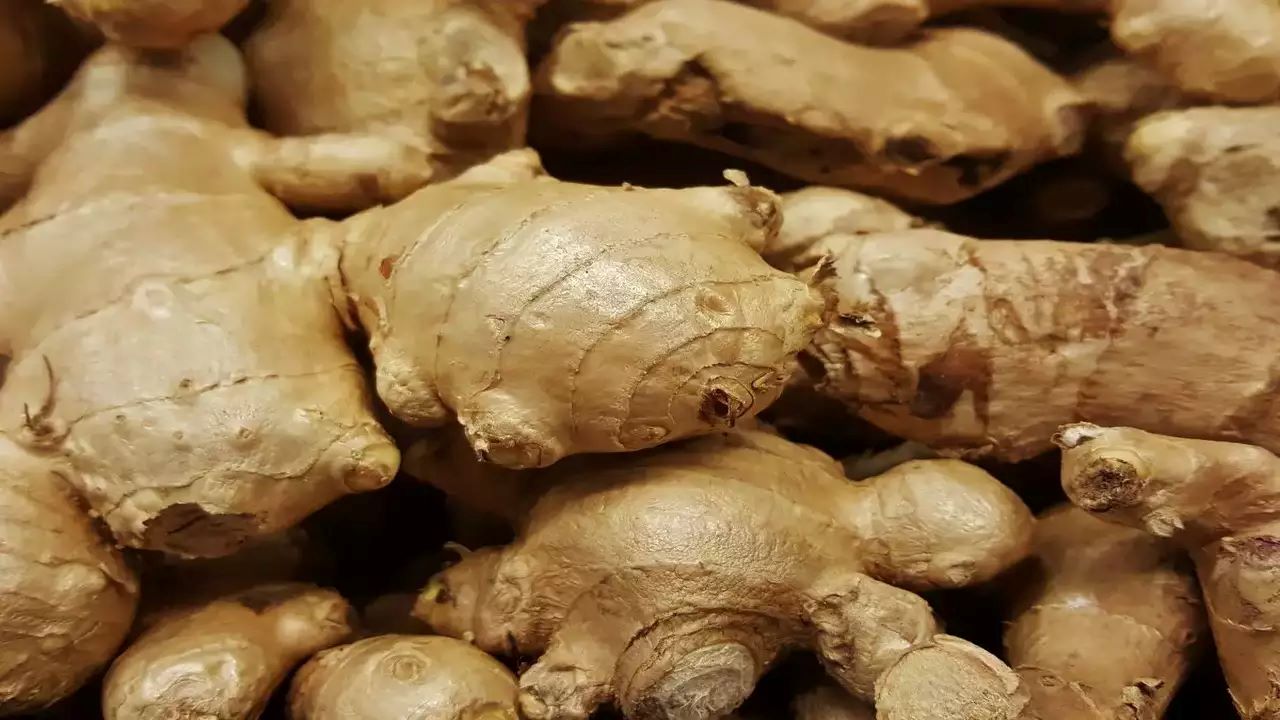
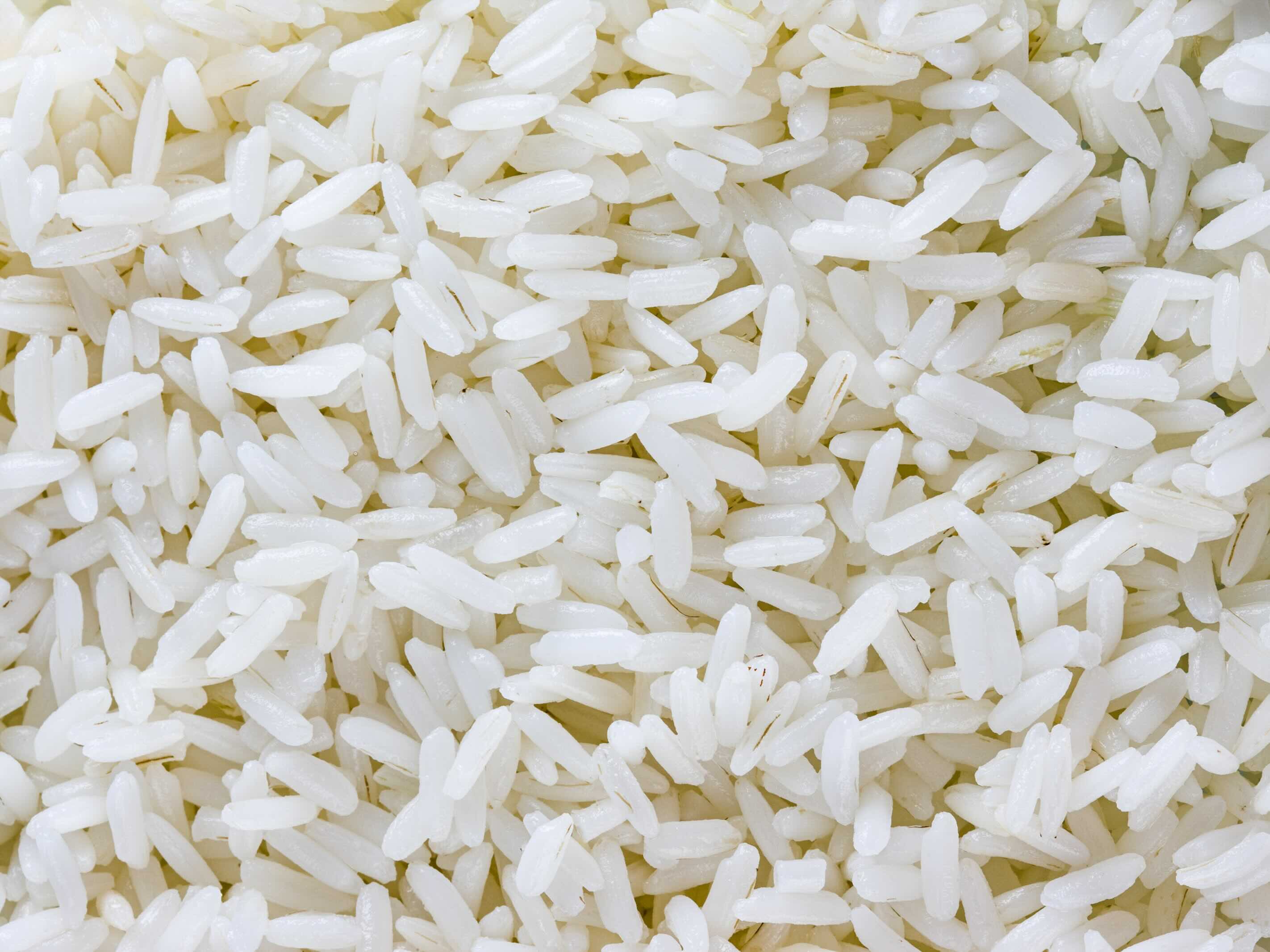
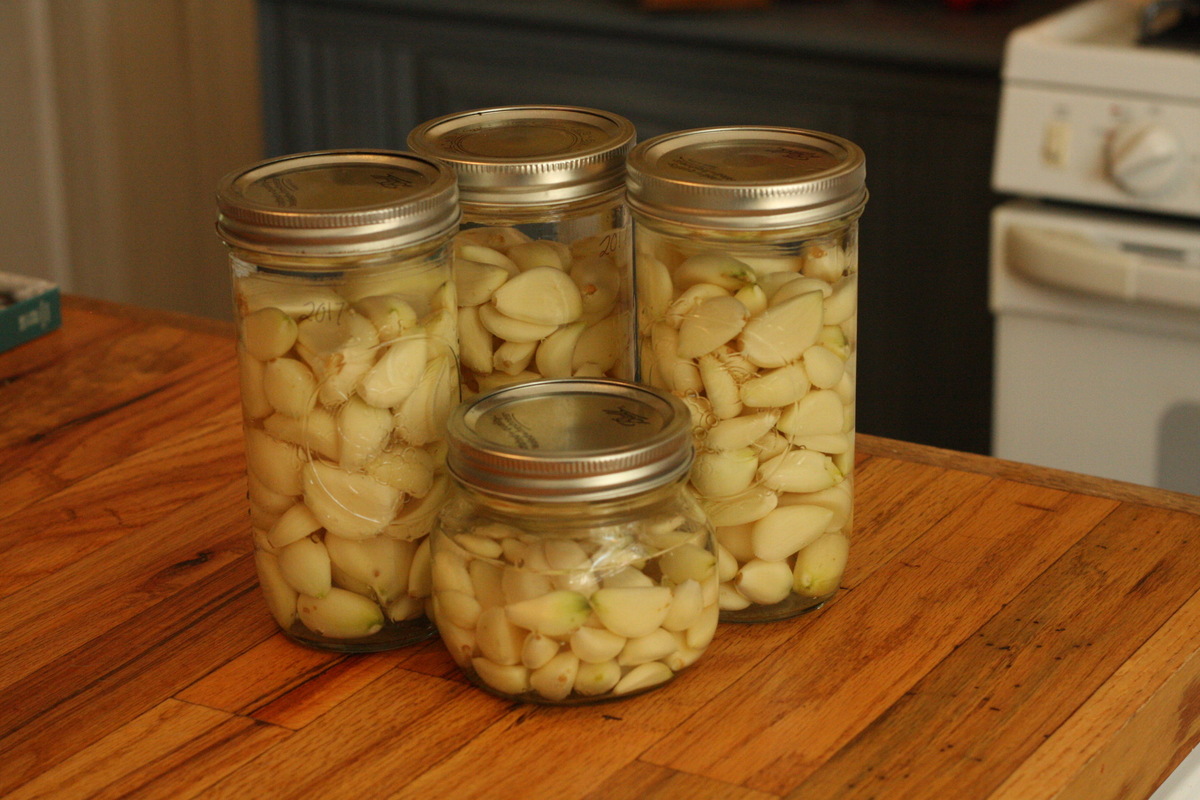
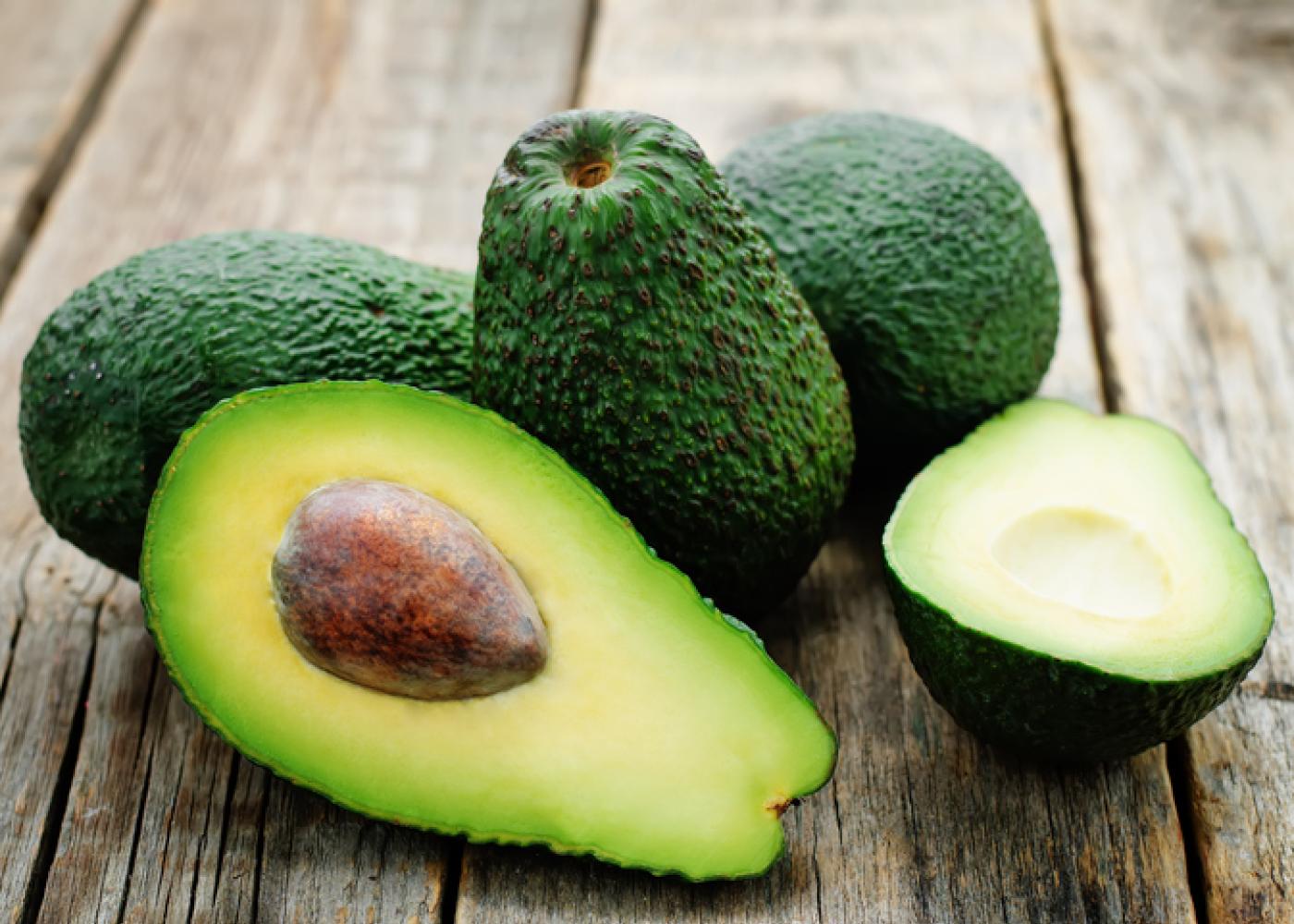
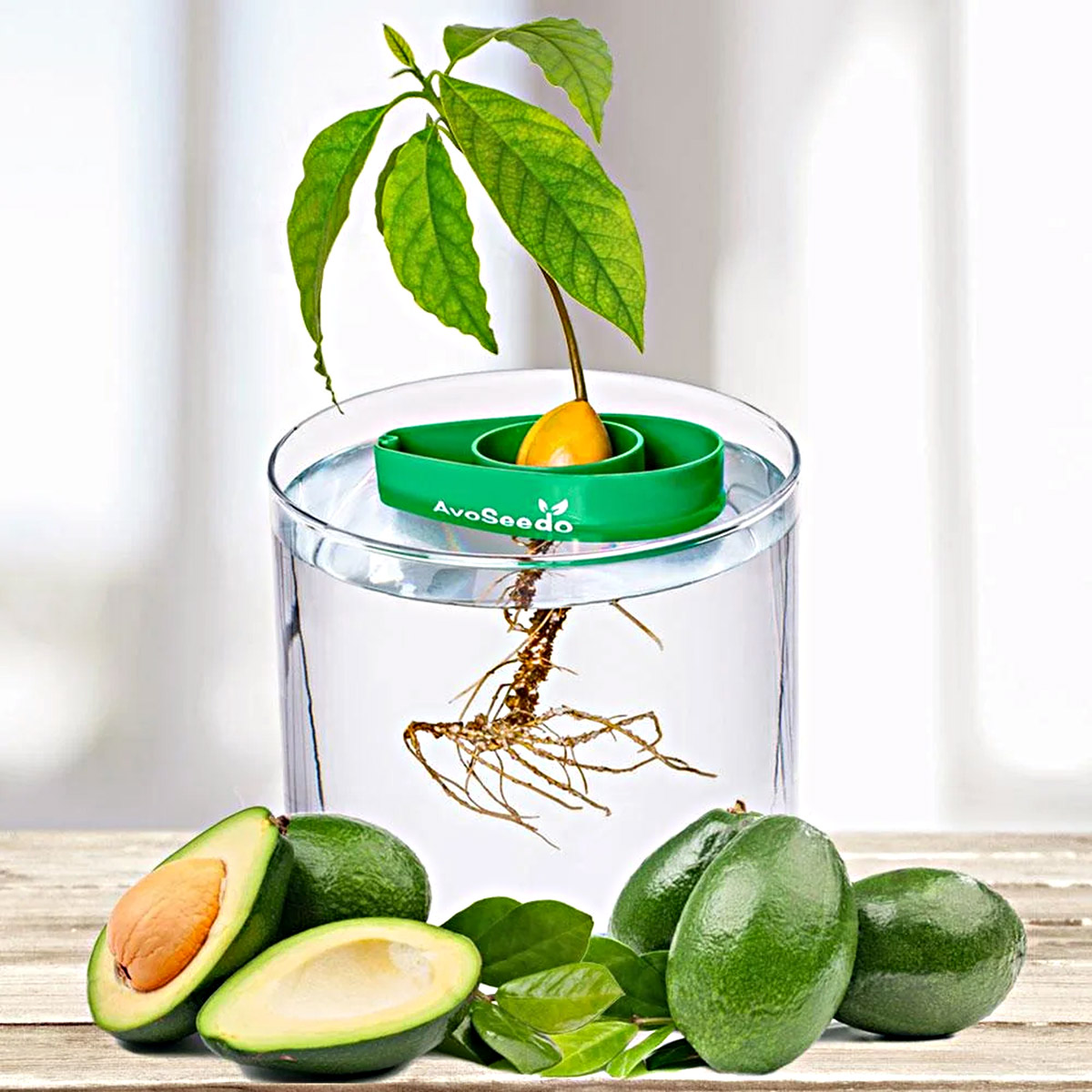

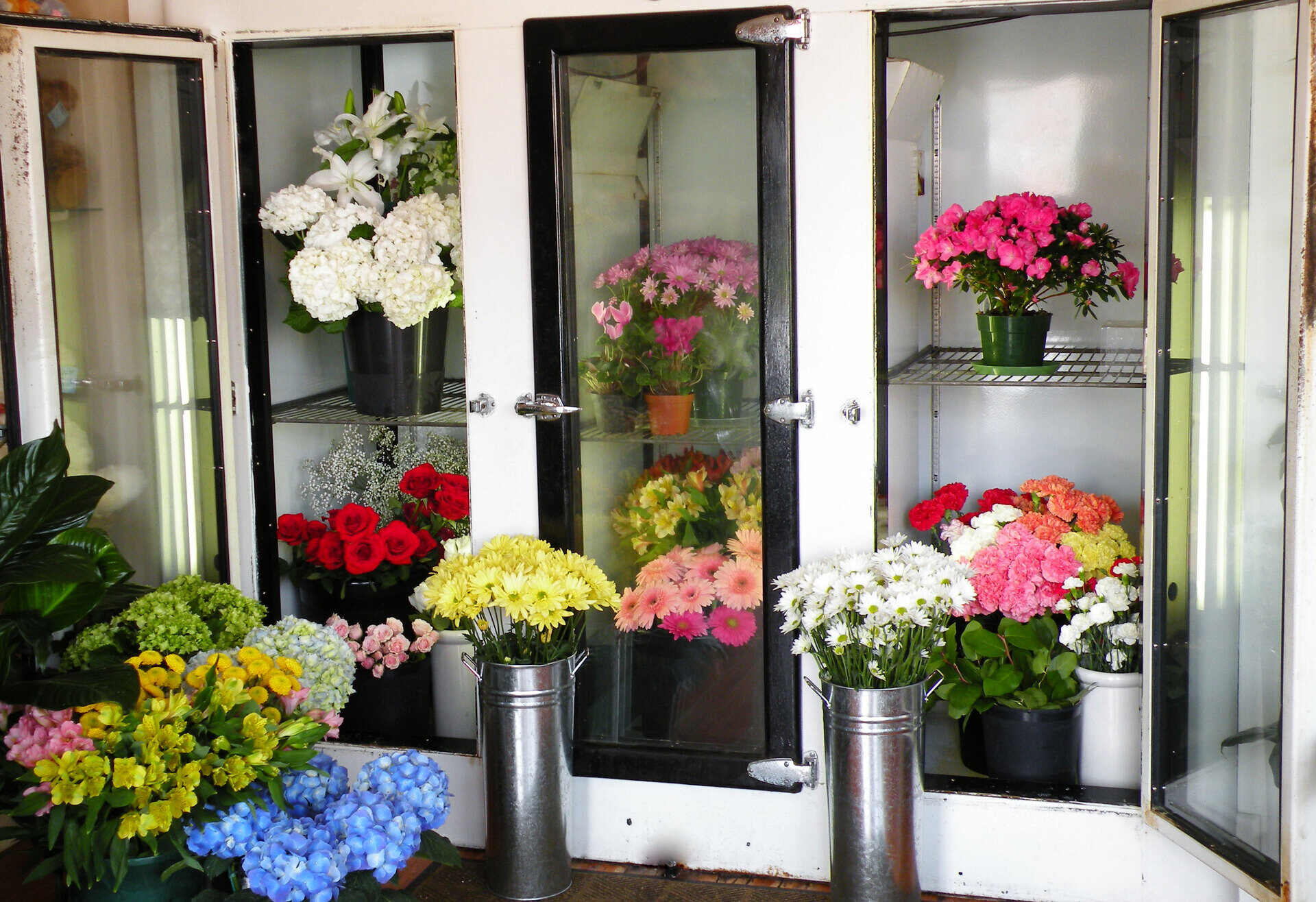
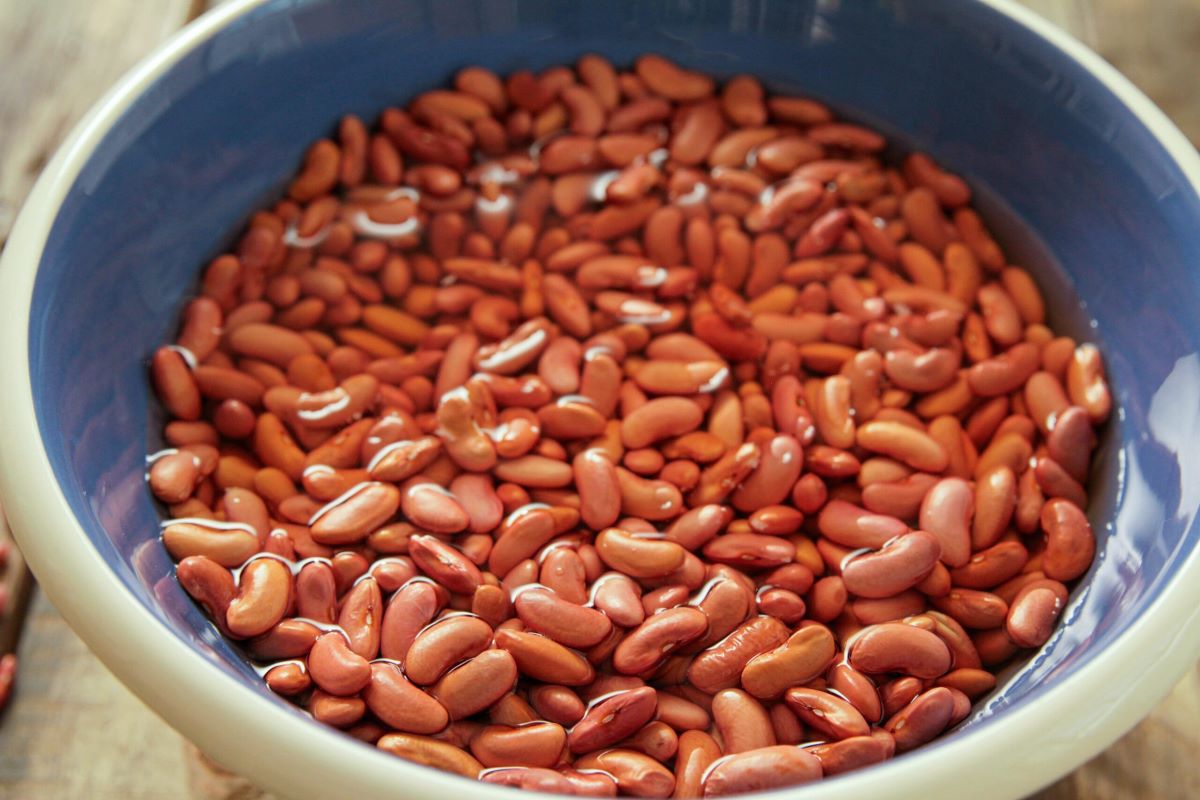




0 thoughts on “How To Store Avocados For A Long Time”